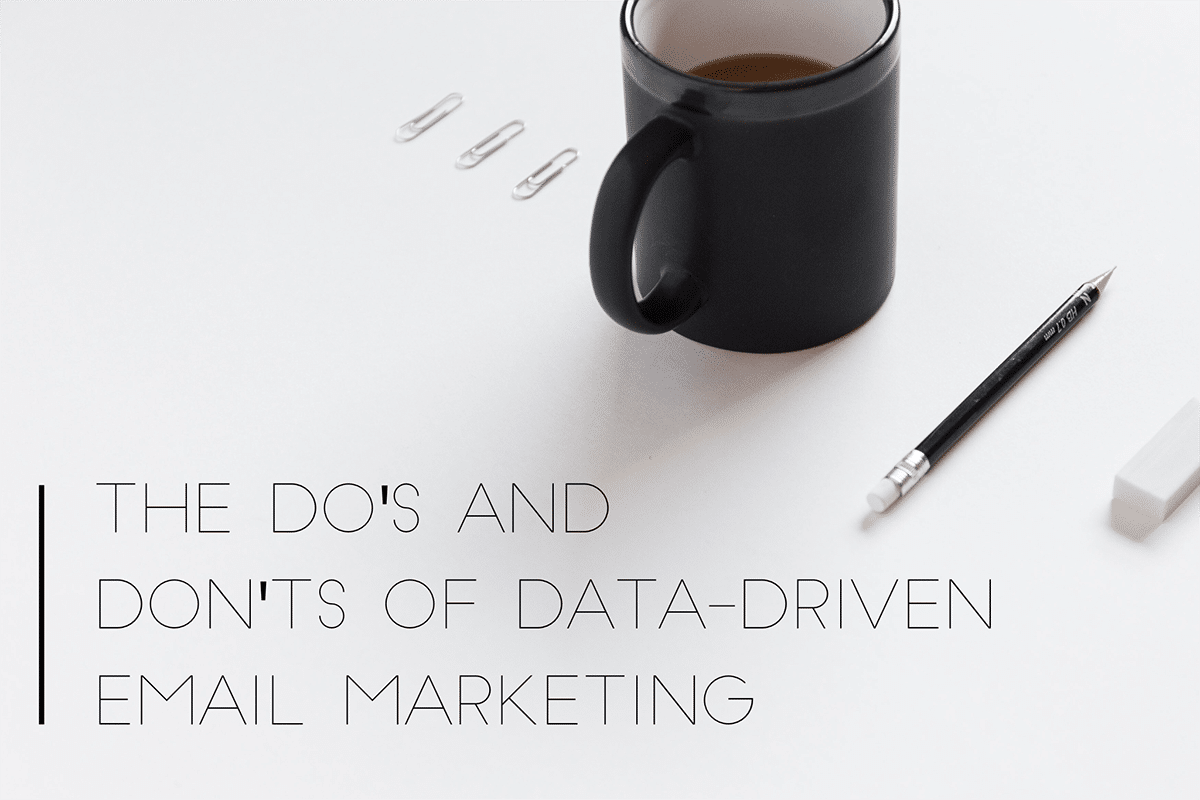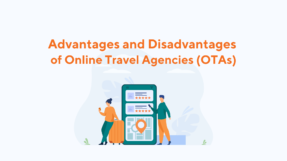
In email marketing, segmentation is key. Segmentation is the art of dividing your contact lists into groups, and the only limits are your imagination — and the data you have available. Every piece of customer data you gather can be used to create stronger email campaigns if you find the right angle. A customer’s location, the frequency with which they book, their interests and their email habits are all important factors.
Wondering how to get the most from your guest data? Here are 7 pieces of data you can use straight from your Rezgo bookings.
Data-driven marketing is an exciting opportunity. When you first dive in, the possibilities of email segmentation can seem almost endless. But before you go overboard, there are a few Dos and Don’ts to keep in mind.
DO: Use the data you have available.
Email marketing segmentation is an incredibly successful strategy, and you should use to the full extend you’re able. According to Campaign Monitor, segmented campaigns drive a stunning 760 percent increase in email revenue.
Research from Optimove shows how smaller, segmented campaigns can be far more effective than generalized campaigns.
That means that every piece of data you gather has potential, and you can use it to drive bookings like never before. Don’t be shy about using that data — customers want the marketing they receive to be more relevant.
DON’T: Show off your data collection.
You know a lot about your customers thanks to guest data and careful segmentation — and you should absolutely use that information to your advantage. But do your customers need to know, in detail, exactly how much data you have?
Probably not. A “Hi, FNAME” might be a welcome bit of personalization, but “You and your three children will have so much fun with our new deal,” will have your customers checking the bushes to see if you’re watching them. Instead, group those customers into a general “family deals” interest segment. They’ll still get the most relevant marketing, and they won’t feel stalked in the process.
DO: Craft custom campaigns for your segments.
Once you go to the effort of creating segments, do something with them. The biggest mistake in data-driven marketing is gather data without using it. Target deals or ads to the groups that will appreciate them, and you’ll see far better response rates.
If nothing else, make sure to use relevant subject lines. That’s where the decision to open your marketing email will be made, after all.
DON’T: Make segments excessively specific.
When you group customers by interest, location, and other helpful demographics, you can reach them with deals they’ll want to act on. But when you create too many segments with too much granularity, you cripple your own ability to make use of those segments.

Massive corporations get the most out of their hyper-specific segments with the help of huge marketing teams and helpful algorithms. You probably don’t have either on hand. Data overload can keep you from moving forward because you simply lack the time to craft custom campaigns for hundreds of small segments.
If you think you might need some highly-specific segments in the future, go ahead and create them — but make sure to group them into larger segments, too.
DO: Make use of your email marketing service’s own segments.
Segmentation by interests and demographics may be the most creative application of guest data, but the tried and true methods are also valuable. Triggering and segmenting marketing messages based on sign-up, open rate, click-through rate, and length of time between messages isn’t sexy, but it is effective.
DON’T conflate email habits with interests.
There are many reasons a customer may leave your messages unopened, and few of them will have anything to do with you. Don’t assume that an unopened message means that your segmentation isn’t hitting the mark. At the same time, don’t assume that a customer who opens a few messages on one topic is specifically interested in that topic. There may be other factors at play — maybe they just liked your subject lines.
Clicks are an exception, because they can align with customer interests. The customer has opened your message, they’ve seen your call to action, and they’ve chosen to do something with it. There’s no clearer message that they’re interested.
DO create personas for groups of customers.
When you have several segments with overlapping groups of customers, you can start to build up a picture of that generalized customer. What do you know about them? What do they want to accomplish? How you can help them achieve that goal?
This allows you to craft your message with someone in mind, which is a great way to make it more appealing. Just remember that this persona isn’t real, and it doesn’t tell you everything about any specific customers.
DON’T assume you know more about a customer than you do.
If you have a group of customers who are high-spending individuals from Manhattan who always book solo, how much do you know about their political leanings? Or their tastes in clothing? Or any personal preferences whatsoever?
Nothing at all.
Yes, there are groups, often political, who use extremely detailed profiles to make political or personal assumptions about their email segments. They have access to advanced algorithms, excessive data points, and goals that encourage that kind of generalization.
The only values the rest of us should assume are the ones our brands our built on.
DO enjoy the fun of data-driven marketing!
Segmentation is a powerful, exciting tool. Do enjoy getting the most you can out of it — just don’t go overboard in the process.
Search The Blog
Categories
Most Popular Articles
- Set-jetting, Forest Bathing, and Hush Trips: 20 Innovative Tourism Business Ideas and Trends for 2023
- Advantages and Disadvantages of Online Travel Agencies (OTAs)
- Get More Bookings With These 9 Tourism Website Essentials
- Your Marketing Mix: the 7 Ps of Travel and Tourism Marketing
- How to Create and Promote Amazing Tour Packages





